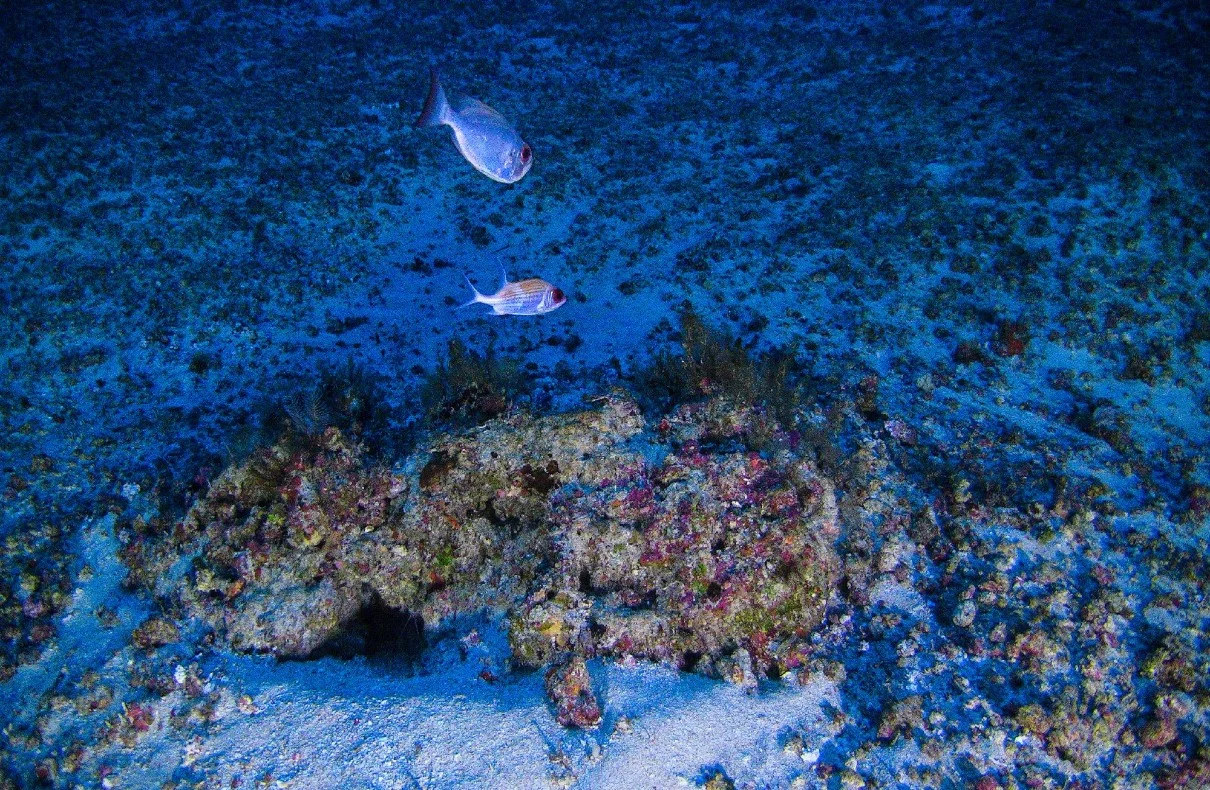
The vast and mysterious ocean holds many secrets, and one of its most awe-inspiring discoveries has recently come to light. Scientists have unveiled the world’s largest deep-sea coral reef habitat, a hidden treasure that stretches for hundreds of miles off the United States Atlantic coast. This remarkable finding sheds new light on the complex ecosystems that thrive in the depths of the ocean and highlights the importance of exploring and understanding our underwater world.
For years, the depths of the ocean have remained a mystery, with only a fraction of its vast expanse mapped and explored. However, recent advancements in underwater mapping technology have allowed scientists to uncover the secrets hidden beneath the waves. In a collaborative effort, researchers from the National Oceanic and Atmospheric Administration (NOAA) embarked on a mission to map the seafloor off the southeastern coast of the United States. Using multibeam sonar mapping surveys and imagery from submersible dives, they were able to piece together a comprehensive map of the Blake Plateau, an area located about 100 miles off the coast.
At the heart of this newfound coral reef habitat lies a species known as Desmophyllum pertusum, a type of stony coral that thrives in the cold, dark depths of the ocean. These corals have adapted to survive in extreme conditions, where temperatures remain frigid and sunlight cannot penetrate. Unlike their tropical counterparts, deep-sea corals rely on filter-feeding to obtain nutrients from the surrounding seawater. This unique feeding mechanism allows them to create a vibrant ecosystem, providing a home for a multitude of species.
The newly discovered coral reef habitat is nothing short of astonishing. Spanning an area nearly the size of Florida, it consists of a vast expanse of coral mound features that stretch up to 310 miles in length and 68 miles in width. Within this expansive region, researchers identified an astounding 83,908 individual coral mound peak features. The core area, affectionately nicknamed “Million Mounds,” covers 2,400 square miles and is larger than renowned national parks such as the Grand Canyon or Everglades. This immense habitat is a testament to the hidden wonders that lie beneath the ocean’s surface.
ULA Vulcan Rocket Mission: Exploring the Moon’s Surface
The discovery of this incredible coral reef habitat was made possible through the collaboration of various organizations and the utilization of advanced mapping technologies. The team at NOAA combined data from 31 multibeam sonar mapping surveys, which provided detailed bathymetric information of the seafloor, with imagery captured during 23 submersible dives. This comprehensive dataset allowed researchers to create a highly accurate and detailed map of the Blake Plateau, revealing the true extent of the coral reef habitat.
The exploration and mapping of the deep-sea hold immense significance for both scientific understanding and conservation efforts. Despite covering approximately 75% of the Earth’s surface, much of the ocean remains unexplored and unmapped. Discoveries like the world’s largest deep-sea coral reef habitat highlight the need for continued exploration and research to unravel the mysteries of the ocean and protect these fragile ecosystems. The knowledge gained from such endeavors can inform conservation efforts, aiding in the preservation of these unique habitats for generations to come.
While the discovery of the world’s largest deep-sea coral reef habitat is undoubtedly a remarkable achievement, it is only the beginning of our journey into the depths of the ocean. The technology and techniques used in this study pave the way for future exploration and mapping endeavors. With approximately 75% of the global ocean still unmapped, there is a vast realm of discovery awaiting us. As organizations continue to collaborate and advancements in technology continue to emerge, we can expect further revelations about the wonders that lie beneath the waves.
The newfound coral reef habitat serves as a reminder of the importance of protecting and conserving these delicate ecosystems. Deep-sea corals, like those found in this immense reef, play a crucial role in providing habitat and support for a variety of marine life. However, they are also susceptible to the impacts of climate change and human activities, such as oil and gas drilling. Understanding and raising awareness about the significance of these habitats can help drive conservation efforts and ensure the long-term survival of these mesmerizing underwater worlds.
